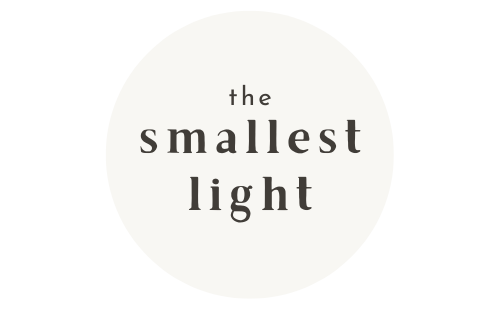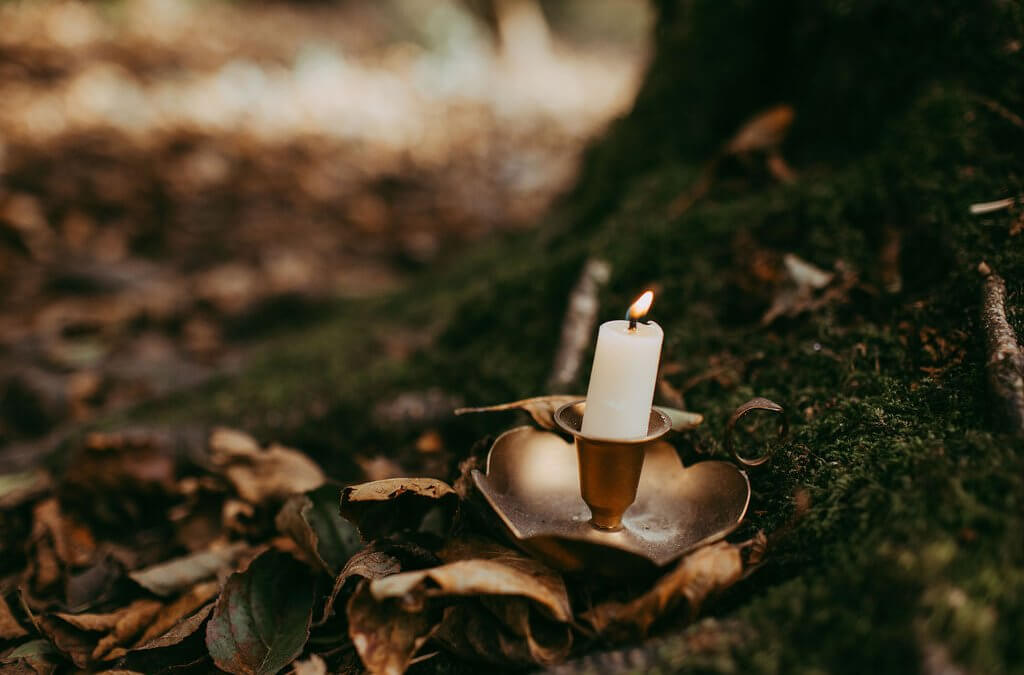Have you ever felt a tug, a call from the natural world, urging you to slow down and truly see the changing seasons? It’s a feeling deep within us all, a primal connection to the earth’s rhythms. Just as the natural world around us ebbs and flows, so too do our own inner rhythms.
In winter, we naturally yearn to slow down, to turn inward and rest, much like the seeds slumbering beneath the frozen ground. As spring emerges, we feel a reawakening, a quickening of our energy, mirroring the burgeoning life all around us. This natural cycle continues to build, reaching a peak in the summer months when our energy is high and vibrant.
Yet, in the whirlwind of our modern lives, we understandably have times when we lose touch with these natural rhythms. We push ourselves to maintain a constantly demanding pace, ignoring the subtle (or not so subtle!) cues from our bodies and the world around us.
In this post, I want to tell you a little more about The Wheel of the Year and why this framework features in so much of my work. Known as nature’s calendar – the wheel offers a gentle reminder to reconnect with natural cycles, to honour the ebb and flow of our energy, and to find a sustainable rhythm that supports our well-being.
It’s an invitation to slow down, to listen to the wisdom of our bodies and the world around us, and to find a deeper relationship with the natural world.

What Is The Wheel Of The Year?
The Wheel of the Year is an ancient framework, a beautiful and nature-inspired guide, that helps us answer that desire for a different pace of life. It’s a way to honour the cyclical flow of life, from the budding of spring to the quiet stillness of winter, and everything in between.
More than just a calendar, it’s an invitation to deepen our relationship with nature, to find magic in the everyday, and to discover our inner rhythms mirrored in the world around us.
Imagine a year not as a series of arbitrary dates, but as a continuous dance with the earth. The Wheel maps out eight distinct points in this dance, each marking a significant shift in the natural world.
From the fiery energy of the summer solstice to the introspective quiet of midwinter, these turning points offer us opportunities to pause, reflect, and celebrate the ever-changing tapestry of life.
By understanding these cycles, we can begin to tune into nature, recognising the lessons and gifts each season brings. And, perhaps even more importantly, we can learn to recognise the natural cycles of energy within ourselves.
Once we do, we can begin to support ourselves by making small shifts in our daily lives, relying on supportive rituals that ebb and flow with the seasons, creating a deeper sense of balance and well-being.
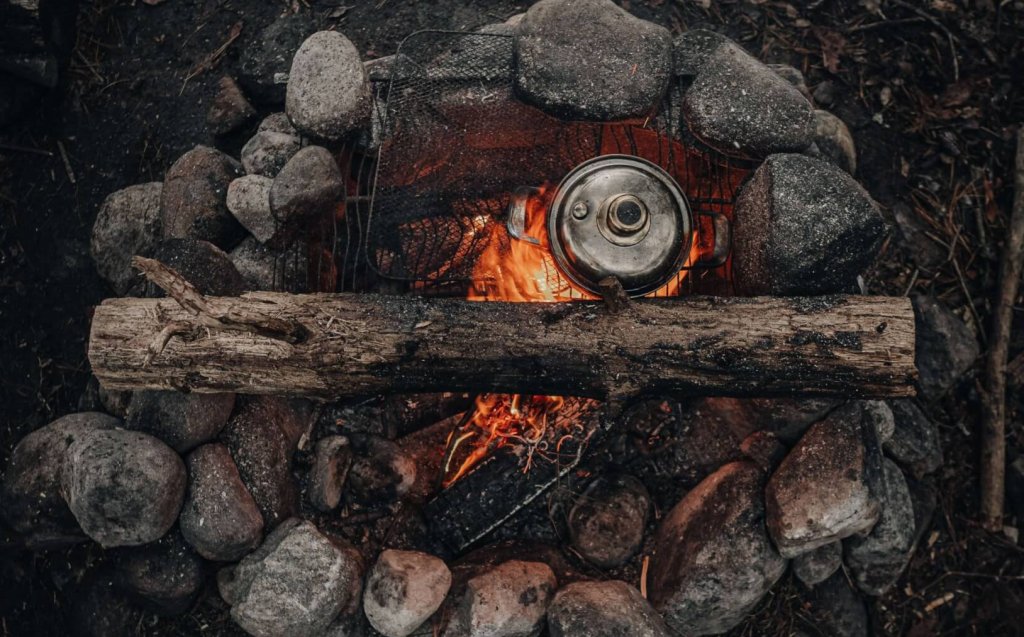
Where did The Wheel of The Year Come from?
The Wheel of the Year is like a patchwork quilt, sewn together over the years with threads from different traditions and ancient celebrations. It’s hard to say exactly where it all started, but we know it’s collectively woven from our human instinct to connect with and celebrate our natural world.
Many ancient cultures, like the Celts, Norse, Egyptians, and Greeks, had festivals to mark the changing seasons. Celebrations for the solstices and equinoxes, giving thanks for the food they grew, honouring the earth, and connecting with the divine.
The modern Wheel of the Year as we know it now evolved over the mid-20th century, shaped by the burgeoning Wiccan tradition. Wicca, a modern witchcraft religion, draws inspiration from diverse pagan practices across history, and the Wheel reflects this eclectic heritage.
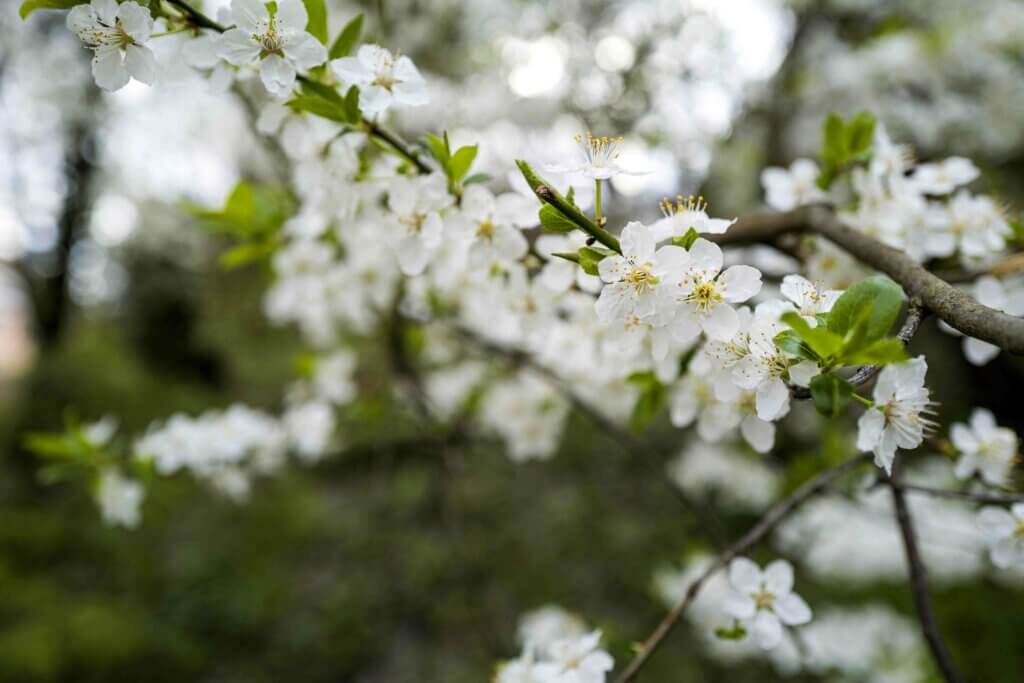
Wheel Of The Year Celebrations – The Eight Festivals
Think of the Wheel of the Year like a beautiful, ever-turning circle that reflects the seasons. It’s a way to mark the passage of time and celebrate the natural rhythm of life.
The Wheel is divided across the seasonal year by eight points – referred to as festivals or Sabbats. Four of these are the solstices and equinoxes – those are the big astronomical moments when the sun reaches its highest or lowest point, or when day and night are equal. Then, nestled in between those, are four more festivals that celebrate the changing energies of the season.
Each point of the Wheel has its own special feel, its own stories, and its own way of connecting us to the earth. It’s a lovely way to see the year not as a straight line, but as a continuous cycle, always turning, always changing.
Let’s explore each of the festivals…
Samhain (October 31st – November 1st)
As the veil thins and the days grow shorter, Samhain invites us to connect with the cycles of death and rebirth. It’s a time for reflection, acknowledging the past, and releasing what no longer serves us. We turn inward, embracing the quiet wisdom of the dark months, and connect with the ancestors. This is a time for divination, remembering our roots, and preparing for winter’s quiet introspection.
Yule (Winter Solstice – Around December 21st)
In the heart of winter, at the longest night, Yule brings a spark of hope. The sun begins its return, promising the rebirth of light and life. It’s a time for celebrating nature’s resilience, embracing the stillness, and planting seeds of intention for the coming year. We gather with loved ones, sharing warmth and light, and celebrate the promise of new beginnings.
Imbolc (February 1st – 2nd)
As the days slowly lengthen, Imbolc reminds us of new growth stirring beneath the surface. It’s a time for purification, cleansing our spirits, and preparing for spring’s awakening. We connect with the goddess Brigid, patroness of hearth and home, and celebrate the stirring of creativity and inspiration within. This is a time for setting intentions, nurturing our inner flame, and anticipating new life.
Ostara (Spring Equinox – Around March 20th)
The balance of day and night at the Spring Equinox heralds spring’s vibrant return. Ostara celebrates new beginnings, growth, and renewal. The earth awakens, bursting with life and colour. It’s a time for planting seeds, embracing fresh starts, and celebrating our potential. We feel the stirring of energy, the urge to create and bring our dreams to life. It’s a season of hope, promise, and the joyous return of light.
Beltane (April 30th – May 1st)
The fires of Beltane ignite with passion and fertility. It’s a time for celebrating the union of the divine feminine and masculine, the life-giving forces of nature, and embracing joy and abundance. We celebrate life’s vibrant energy, and connect with our sensual, creative power. Beltane is a time for embracing our passions, celebrating love, and recognising the fertile ground within.
Litha (Summer Solstice – Around June 21st)
At summer’s peak, Litha celebrates the longest day and the abundance of the sun’s energy. It’s a time for joy, celebration, and embracing the fullness of life. We bask in the sun’s warmth, acknowledging the power of growth and manifestation, and express gratitude for our blessings. Litha is a time for embracing our inner light, celebrating our achievements, and connecting with the vibrant energy of nature at its peak.
Lughnasadh (August 1st – 2nd)
Lughnasadh marks the beginning of the harvest, a time for gratitude and acknowledging the earth’s abundance. It’s a time for reaping what we have sown, celebrating our labour’s fruits, and preparing for autumn’s gradual slowing. We connect with the grain goddess and give thanks for the nourishment that sustains us. Lughnasadh is a time for recognising our rewards, sharing our abundance, and preparing to let go.
Mabon (Autumn Equinox – Around September 22nd)
As day and night balance again, Mabon invites us to reflect on our harvest. It’s a time for gratitude, releasing what no longer serves us, and preparing for winter’s inward journey. We celebrate the earth’s bounty, acknowledging the cycles of giving and receiving, and find balance within ourselves. Mabon is a time for introspection, acknowledging our accomplishments, and preparing to turn inward once again.
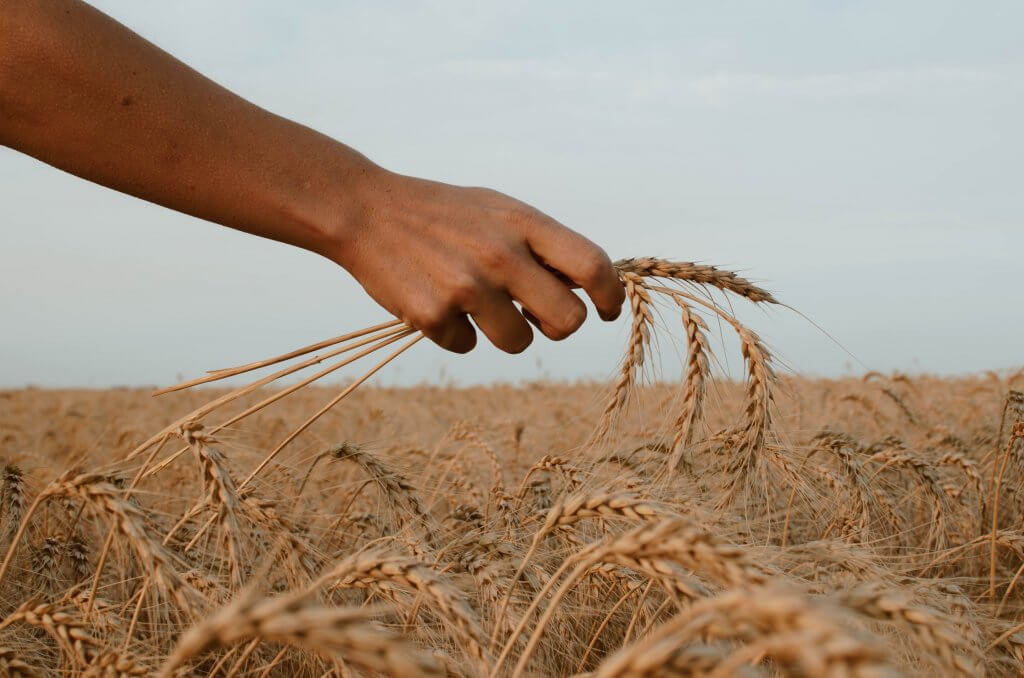
How Can The Wheel of The Year Support Us?
The Wheel of the Year is a supportive companion, helping us remember that we’re connected to the earth and its natural rhythms.
When we start paying attention to the cycles of nature, we can start to live in a way that feels more balanced – like we’re in tune with ourselves and the world around us. We learn when it’s time to rest and recharge, and when it’s time to go for it and make things happen. This way of living, in tune with the seasons, helps us feel more grounded and connected.
It’s also a more natural way to mark time, celebrate changes, and really get to know ourselves a bit better as we move through the year. For many, it’s a spiritual path, a way to connect with something deeper, and it can also bring communities together.
Basically, it’s a beautiful way to slow down, be present, and appreciate all the little wonders around us.
If you’re curious about bringing more of this seasonal awareness into your own life, you’re in the right place. Explore the seasons here on the blog, or join me over on Instagram and in my email community The Seasonal Chapters, I share plenty of ideas on how to do just that.
